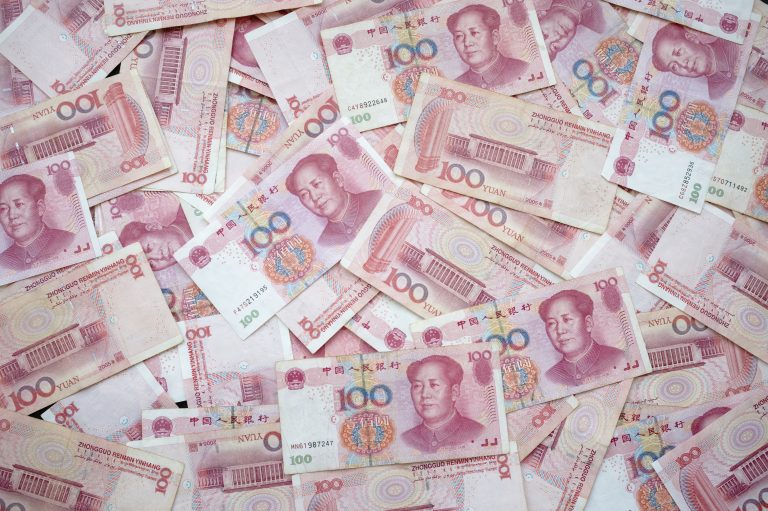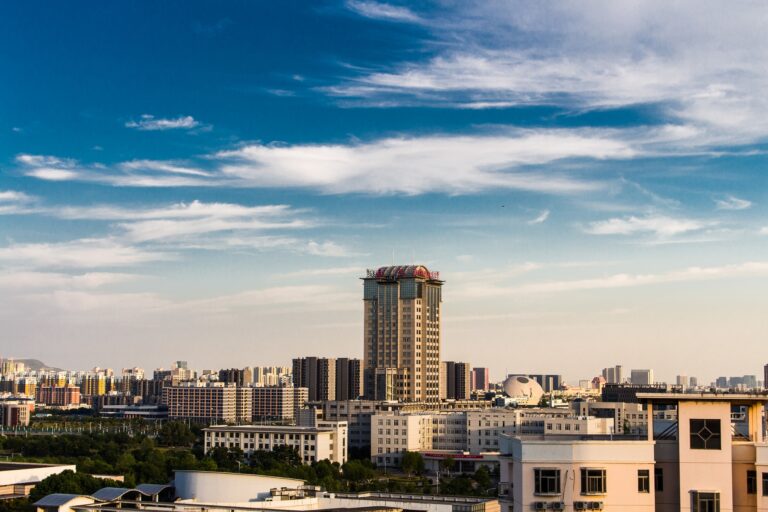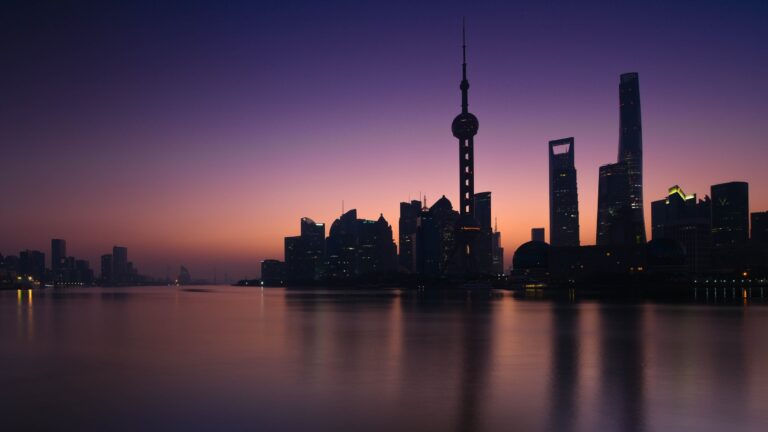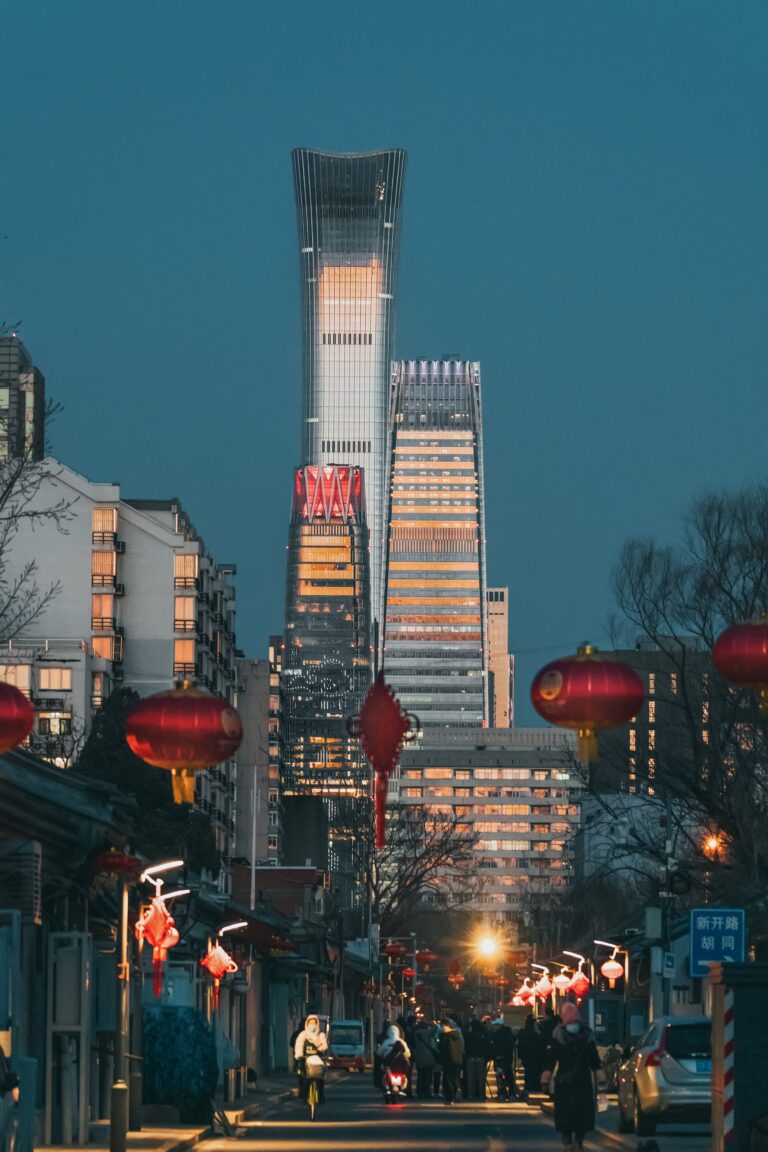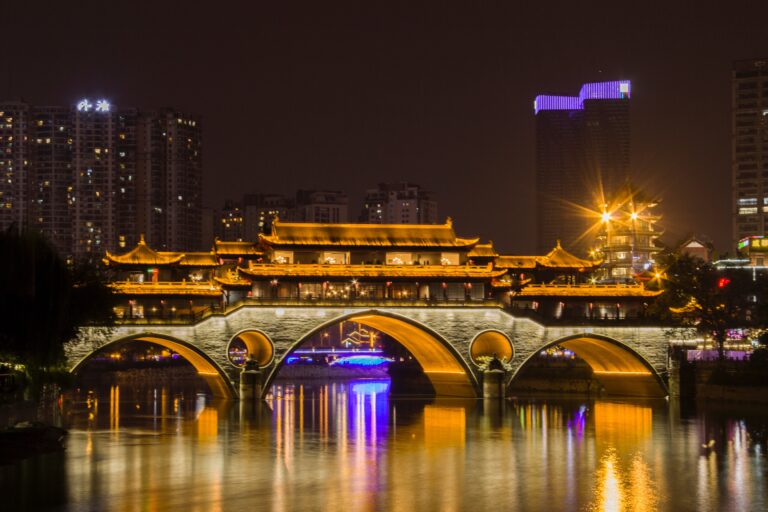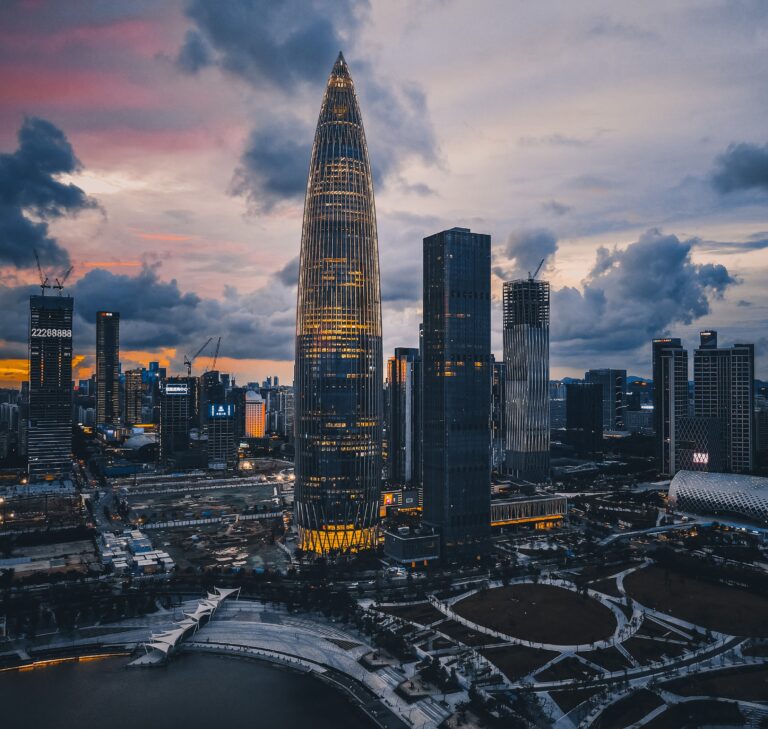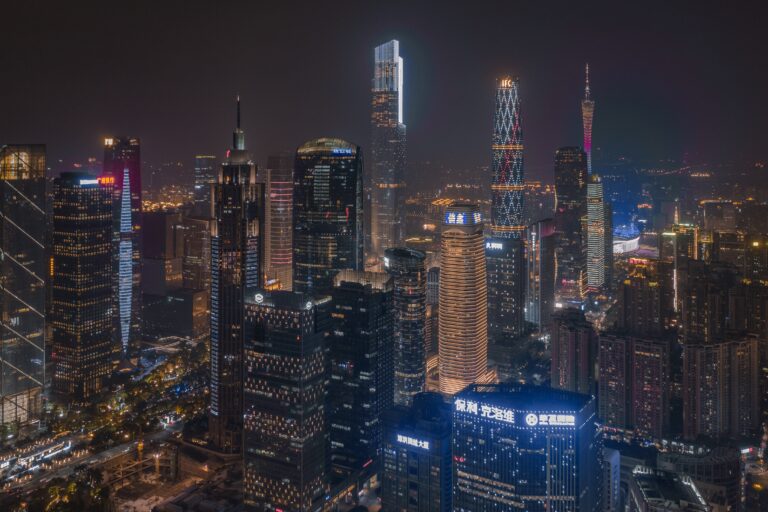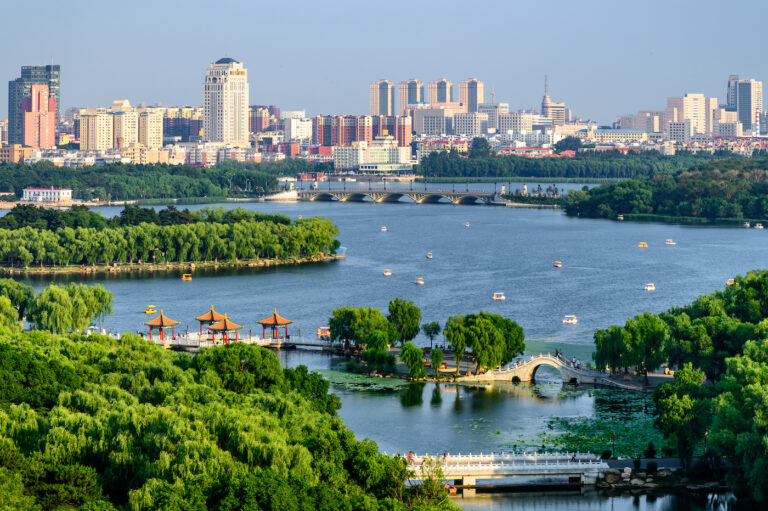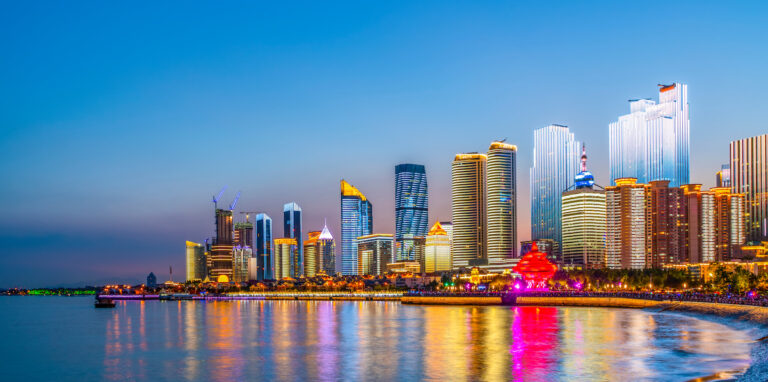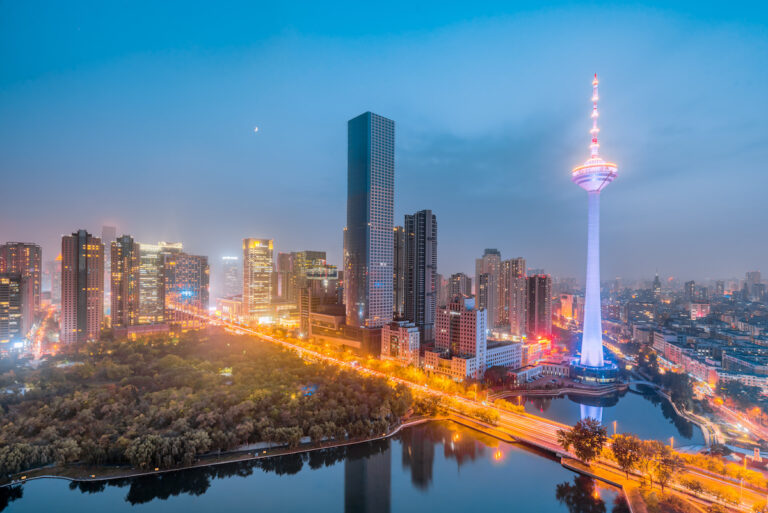Editor’s note: This October marks the five-year anniversary of the China Partnership blog. As we celebrate the last five years, our team took a few moments to reflect on what God has done.
EF Gregory, CP’s Assistant Blog Editor, sat down with Hannah Nation and Ryan to ask about the history of the blog. Hannah and Ryan have been instrumental in China Partnership’s vision to bring Chinese voices to the Western world through the written word. Hannah is CP’s Communications and Content Director, and she lives in Cambridge, Massachusetts, and Leiden, the Netherlands. Ryan is CP’s Translation Manager. He moved to the United States from Guangzhou, China, at the age of 12 and currently serves as an Assistant Pastor at New City Presbyterian Church in his U.S. hometown of Cincinnati, Ohio.
EF: Why did China Partnership decide to start a blog?
Hannah: That was Jeff Kyle’s [CP Vice President of Operations and Advancement] decision. He wanted to have a blog, and he contacted me and asked if I was interested in starting it. I didn’t know much about China Partnership, but Jeff and I have known each other since college; he was a big part of how I became involved with China.
From the beginning, there was a sense that the pastors CP serves had a lot of wisdom, and it would be great to share that. At that point, there wasn’t an avenue by which they could share. We also sensed that the world and landscape of missions is changing. We did not want to be a one-way street taking resources from the West to China; we wanted to critically think through providing a way for the global church to speak back to the West.
We also want to protect and promote, outside of China, the voice of Chinese house church movements, such as Grace to City and others. We want to make sure that voice is accurately represented as it gets more attention, and to help be facilitators of that voice in English. A blog was the easy first step for all this: a good, slow way to start building up a voice.
Right now, the canon of house church theology is starting to be determined. There will be people writing about it. It is important to have people who are interested in protecting house churches involved in establishing how the West thinks about their theology and spiritual life.
I started with China Partnership at five hours a week, just starting a blog. Absolutely nothing was established: we didn’t have translators, writers, anything. I was still working in campus ministry at that point, but every year the work became bigger and more involved. It was God’s timing, because I had been feeling I had gifts and skills I wasn’t using that I wanted to be using. In hindsight, God was setting the course.
EF: Ryan, how did you come on? How do you view your role in the translation and presentation of Chinese voices?
Ryan: I came on because Hannah asked me to write for the blog. I was writing about once a month about different aspects of Chinese culture or holidays, marriage, things like that; interesting to me, but not so much about Mainland China and the Chinese church. At some point I was like, “How did I become the expert on Chinese culture? I came here when I was 12!”
Over time, as we got more material out of China, I was glad to not write so much and do more translation. People in China have much more to say than I have to offer.
For me, even being Chinese and having family and friends in China, I still have very little idea how to learn about the Chinese church. If I was to visit Guangzhou, where I’m from, I would have no idea how to look up a house church to attend. Even if I knew how to find a church, I don’t know if visiting would draw attention to them. Would I make them uncomfortable, or cause security concerns?
It was very hard to find ways to connect to the Chinese church until I was connected to China Partnership. Then, I had ways to not only read about the Chinese church, but to read from the Chinese church. There are a lot of news reports about what is happening in China and in churches, but there were no primary resources from the pastors and the Christians themselves. Reading their writing and hearing firsthand what they are thinking is unique.
When I started translating, I was surprised how much Western theology they adopted. Chinese pastors reference Western theologians and apply them to their own setting and context. In some ways, it makes the problems we face more universal. They also deal with busyness, anxiety, depression, and things like that; but Christianity is not just a Western thing, it addresses the concerns of the Chinese culture. Some of the things they deal with are more particular to China – different idolatries about academic studies, authority, or parenting – but they don’t have a different set of truth. The gospel addresses their idols and our idols.
EF: Hannah, you have mentioned the blog is a ministry. Do you feel a sense of calling?
Hannah: When the blog first started I didn’t think of it that way. I started thinking about it last December, with Wang Yi’s arrest and the publication of his declaration.
That was an intense time. Our staff and those working on the translation frankly felt a lot of spiritual attack. That was when I started realizing I hadn’t been approaching my work with an eye to the need for spiritual health and protection, the way I had in other ministry jobs. This is not just an academic, brainy thing where we produce content.
The written word has been key to most significant revivals in the history of the church. The written word across cultures and linguistic barriers has been important for revival in the history of the church. The Reformation was so powerful because this rich ecosystem of theology was getting translated and shared between English, French, German, Latin, etc. People were writing and reading about what was happening in other countries and cultures. Especially in modern history, God seems to like using people’s writings to spiritually encourage and revive. If we are producing and disseminating this, we have to see the spiritual involvement it requires of us. I pray for myself in my work more, post last December, than I did beforehand.
There is true revival going on in China. I hope our blog brings and shares that with a Western society that, in my opinion, is losing that vitality and is dying spiritually. I’m hopeful God would deign to use the teachings of these Chinese pastors to help revive the American church, and to bring spiritual life and vitality to those who hear from Chinese Christians.
I’m deeply spiritually edified by the things that pass across my desk. If I were to think back on what has caused the most spiritual growth in my life over the last five years, it’s content I’ve had to work on for work.
We want our blog to be pastoral. Almost everything else you can find in English engaging the Chinese church has an academic bent; it is intended to analyze or understand the church in China. Our blog is intended specifically for the spiritual edification of the reader, rather than their academic education.
We have a variety of articles, but what I want is not that someone reads it and says, “I could now go write a paper.” I’d rather they say, “I have engaged God better because I read that.”
EF: Ryan, could you take a moment and explain what you and your team do? An English reader may not understand how difficult it is to translate Chinese.
Ryan: We take an article (for instance, a writing or sermon), and translate it. That first line of translation is a Chinese native, someone from China who has lived here several years. The second line is someone who understands Chinese, but is a native English speaker. Their English is better than their Chinese, but they can still read the Chinese, to look through and make it readable. You could have a very accurate, word-by-word translation, but it sounds crazy in English. The native English speaker can say, “This makes sense, but it sounds really weird.”
There’s a bit of choosing and deciding; sometimes we have to choose between being academically accurate and being comprehensible. We know people are not going to be spending hours to make sense of an article. They have 10 or 15 minutes to skim it. The difficulty is to make it readable and engaging.
I was in Taiwan a couple months ago. If you go to a Chinese church, their worship service is much longer, and their sermons are 50 minutes instead of 35. Chinese are used to a more academic type of teaching. Their writing comes across the same way: drier, with fewer illustrations and less humor. The content is heavier and more serious. Chinese people are very serious, especially when talking about life-and-death-type issues, and faith. We have to translate in a way that flows, so Americans don’t feel it is boring.
EF: Do you view translation as a spiritual act of worship?
Ryan: Reading and engaging these materials you notice a sense of heaviness. These things are really serious to them. It makes me wonder: “Why am I not so serious about my faith? Why am I not so serious about praying? Why am I not so serious about the effect of worldliness on my soul?”
It makes me reflect on how I approach Christianity. For us, if we go to church or don’t go, it’s not a big deal; we can skip one or two weeks. But if they go to church, they risk being harassed by the police or having their jobs jeopardized – but they still do it. Worship, to them, is not optional. It’s not even an obligation: it’s a calling, a privilege. That motivates me to think about how seriously I take my faith.
The way the Chinese church prays is very vigorous and serious. You can tell it does make a difference in their lives. They rely on prayer to sustain their faith. For us, prayer is kind of optional or awkward. I have been challenged to pray more. We want that seriousness to come through. We want people in the West to read their material and to feel, “Their faith makes a difference, and our faith should make a difference, too.”
EF: Hannah, could you explain how the blog has grown over the past five years?
Hannah: When we started, there was already material from China sitting around. In the first year, we did pretty well translating some things from house church networks into English. Even today, some of my all-time favorite articles were in that first year. There was a lot of energy, and a lot of low-hanging fruit. After that, it became more challenging.
Translation has always been the issue with the blog. For several years, we did not have reliable translation. Every time we had something, we fished around our contacts and found someone who was bilingual and willing to take a crack at it. It was very difficult.
And after the first year, all the low-hanging content was gone. We had to find new sources of content. Figuring out how to get a flow of information from China to the U.S. and how to do translation were simultaneous problems, but once we figured out content, it was held up by a lack of translation. It was like there was a garden hose, and the valve – translation – wasn’t open. We at China Partnership had to make an investment in translation for this to happen. That’s when we started seriously looking at having people like Ryan come on board to manage translation. We were putting together a team, and I was managing it, but I didn’t know what I was doing, because I’m not bilingual. It was not easy for me to find translators, because I couldn’t assess them.
The third stage was the prayer movement. That took over everything for about a year. Even though we were simultaneously working on getting systems in place, in terms of blog output, that was a fallow time. The prayer stuff we put out was great, but it was very slow. As prayer got up and running, Ryan’s translation team simultaneously got up and running.
I’m encouraged by where we are, five years in. It feels like we have finally figured out our system, and we’re ready to go, ready to follow this vision we have for this blog. This is the first time in my five years working with China Partnership that it feels like the hose is open and we can get creative and see what we’re able to do.
EF: What is the vision you have of what the blog could be?
Hannah: We are beginning to have more content than our current platform can manage or hold well, so in the next year, we hope to enter a phase of growth with the blog and the website. We’ve not yet determined what that is going to look like; but we hope it will be bigger and more diverse than what it is now.
I envision reaching anyone who has a heart for China or has been involved in ministry to China in any way; lay people who are engaged in the topic of missions; and Chinese in the U.S. I am also starting to think more about pastors and church leaders, the people who set the language and culture of a church. How can they be encouraged to include non-Western voices in the language and cultures of their local churches?
EF: What are you most proud of over these last five years? What do you look back and say, “Wow, I am really thankful I was a part of that!”
Ryan: I was writing a lot at the beginning, and I felt like, “Why am I the one writing all these things? How come we can’t get more, better experts?” Over time, I haven’t had to write so much but could do more translation, bringing content out of China to the U.S. Now, we are actually living into the vision that was cast at the beginning of the blog. And the prayer page helps engage Americans and makes them feel they are able to not just consume, but partner with Chinese churches.
I’m proud of the team of translators we have who make this available. A lot of them have day jobs and responsibilities, and they do this on the side. It is hard to find translators, because we not only have to find someone who understands Chinese – it’s a hard language to translate – but also who is familiar with theological language. They must be people we trust, because we are translating very sensitive material. It’s hard to come by, but we have a good group.
EF: Hannah?
Hannah: There are two specific moments that stick out in my head. As I started the prayer movement, it wasn’t clear how much the pastors we connect with understood what we were doing. But there was a group of Chinese pastors visiting a seminary in the U.S., and I went over and said hello. I took out my phone and showed them what we were doing with the prayer movement. They were so encouraged by it. In that particular moment I thought, “I’m really glad we’re doing this.” In similar ways, when we went to The Gospel Coalition and had pastors on a panel, it meant a lot to them to have a voice people were interested in hearing and listening to. They were amazed so many Americans were excited to hear their perspective.
Both of those things are somewhat tangential to the blog itself, but I don’t know that they would necessarily have happened the way they did without the blog. The blog serves its purpose of helping to give a voice in the U.S. to Chinese pastors. In those two moments I felt: “This has all been worth it.”



